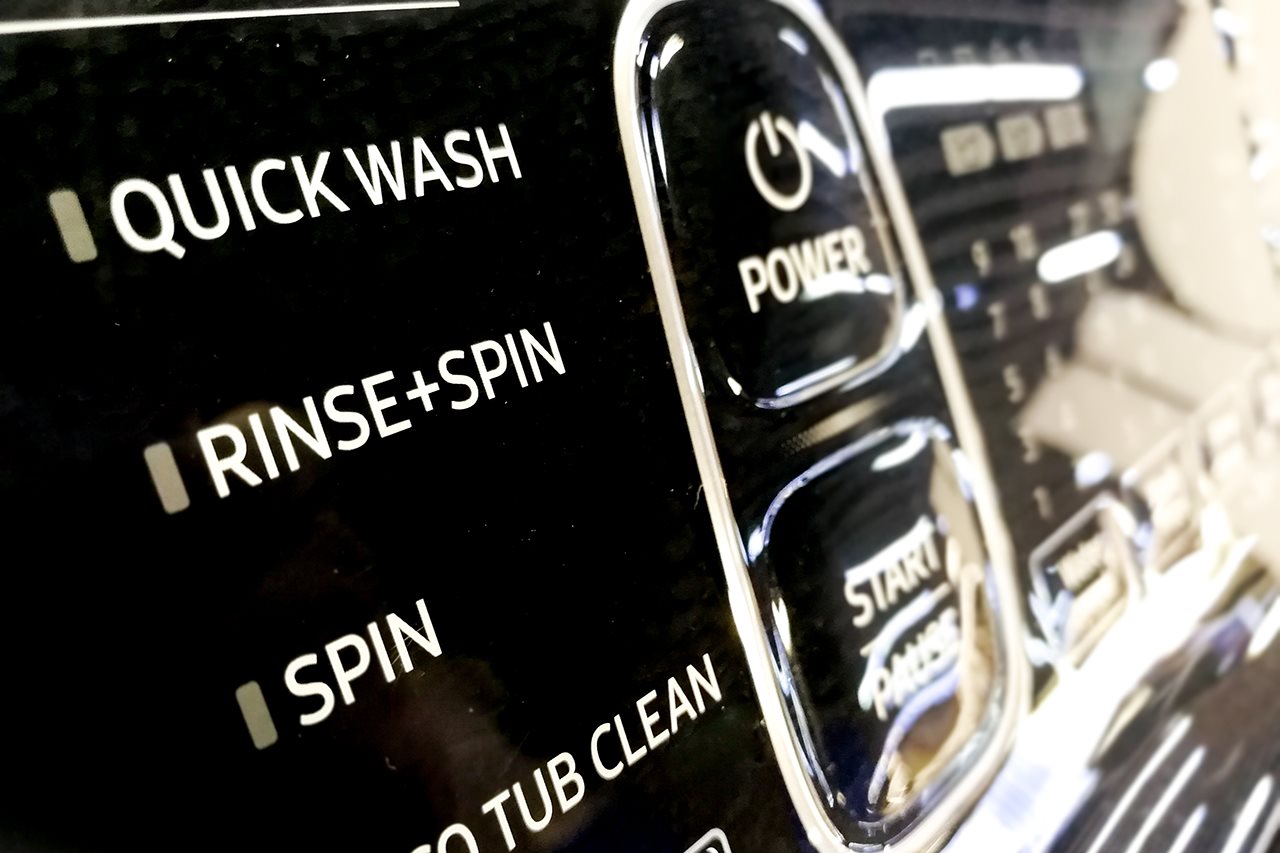2019-05-20T08:47:00
(BPT) – While styles, colors, sizes and other tile trends may change over time, there is no disputing tile’s popularity as a way to update a kitchen or bathroom. From a white subway tile backsplash in the kitchen to a gold-accented mosaic tile countertop in the bathroom, there are countless ways to improve the look and value of these rooms with tile. However, the long-term viability of these surfaces is determined by proper installation, including how the tile is attached to the substrate. For homeowners, using an adhesive like OmniGrip® or AcrylicPro® from Custom® Building Products makes the process faster and easier than using a traditional thin-set mortar.
As a pre-blended material, adhesives don’t have to be mixed and are ready-to-use right out of the bucket. They also spread smoothly and provide plenty of time to adjust tiles before they permanently bond to the substrate. Adhesives can be used over flat and sound substrates including concrete, cement backerboard, exterior-grade plywood or interior drywall. Designed to install approximately 8″ x 8″ or smaller tile in areas with light exposure to moisture, adhesives are ideal for homeowners with limited installation experience, but who have the desire to do the job themselves.
For lots of quick tips on working with adhesives, watch our video: How to Install Tile with an Adhesive.
Remember to put safety first, so follow manufacturer instructions, and wear eye protection and gloves as needed.
- Gather tools including a notch trowel, grout spacers, measuring tape and straight edge or level. The tile size will dictate the trowel notch type and size needed for the project.
- Properly prepare the substrate according to Tile Council of North America guidelines before applying adhesive. Regardless of the substrate, be sure to clean the surface of dust or other contaminants that could prevent the tile from bonding.
- Apply a thin skim coat of the adhesive to the substrate with the flat side of the trowel.
- Add additional adhesive to the substrate and comb in straight lines across the first layer using the notch side of the trowel held at a 45-degree angle. This will ensure that adhesive ridges are at the correct height to support the tile.
- Set the tile firmly into the adhesive by moving it back-and-forth, and not side-to-side. Make sure the tile is level with surrounding tile and clean excessive adhesive as you go.
- CUSTOM Tip: Periodically remove a tile to make sure adhesive is covering at least 80% of the back.
- Leave a quarter-inch gap at the perimeter so a flexible tile caulk can be used in place of grout in these areas to accommodate movement.
- Wait 24-72 hours (or more depending on conditions and tile size) before applying grout or caulking.
While adhesives make setting tile simple, that is only one step in the tile installation process. For the best possible results, homeowners should use recommended products and follow appropriate instructions for preparing the substrate, grouting the tile and sealing the finished surface. This also means using the proper thin-set mortars in applications less suited for adhesives like large format tile (15″ long on any one side), high-traffic areas or continuously wet surfaces (shower floors). For more information on products and systems used for installing tile, visit Custom Building Products at www.custombuildingproducts.com.














